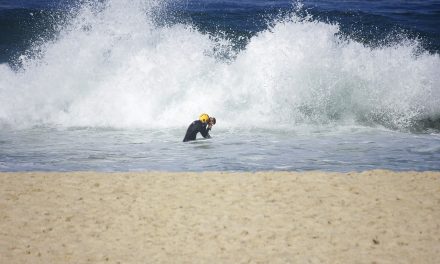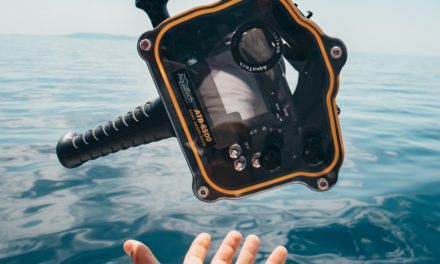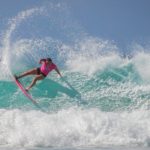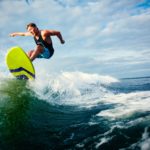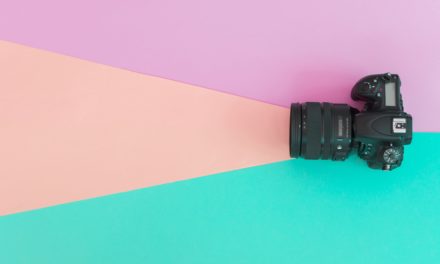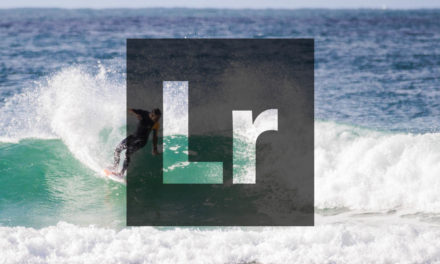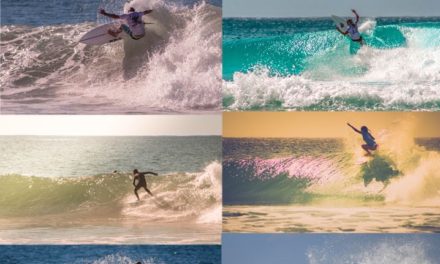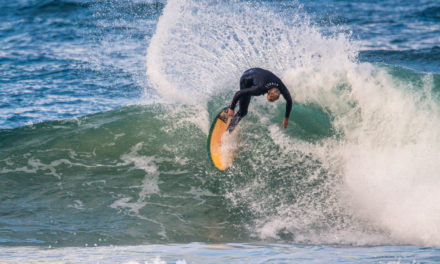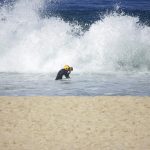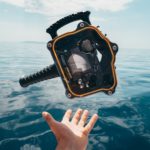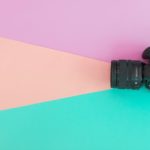
Choosing the best equipment for surf photography
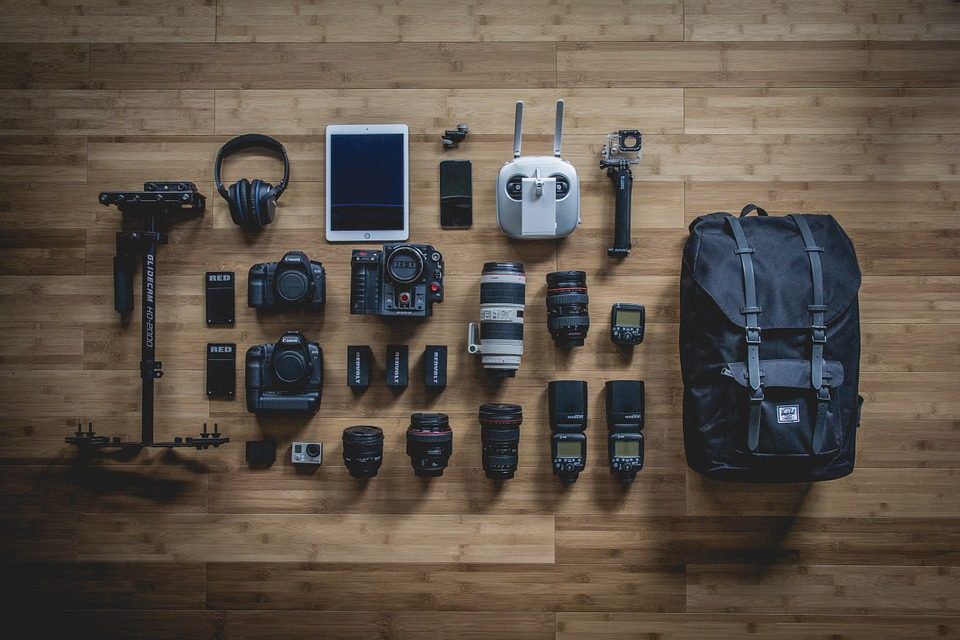
Identifying your needs
Before you get into surf photography you have to choose the right gear for the job. Often people think to take nice photos you need to have the very best gear, but they would be wrong. The perfect gear is great for professional photographers who need to take top quality photos to feature on magazines and billboards, but it is not the only gear that will get the job done, nor is it the only requirement for taking good photos. The most important ingredients for good photos are having the right settings and good composure.
Before you buy
Think about what your needs are.
- If want to be a professional. It may be worth it to invest more into a professional camera, and a few good lenses.
- If you are just starting out. You may ease your way into it and buy used camera gear to begin with until your skill levels out grow it. Look after your gear, because photography equipment hold value quite well, meaning you can sell it later on after you upgrade.
- If you’re on a budget. Then there’s no reason you can join in on the fun. Look into used gear, I started off with a $70 lens, $150 camera and $9 tripod, and I still managed to take photos like this…

I personally, don’t think it’s always best to start off with the best gear. It is nice the best gear, but its also harder to use if you don’t have a lot of photography experience. Sometimes it good to use beginner to intermediate level gear to learn how to get most our of your camera and photography skills… If you can take professional quality photos with budget gear, just imagine what you will able to be do when you eventually upgrade.
Choosing Your Camera
The easiest way to start surf photography is from land, as it enables you to use more versatile gear. So for those of you who don’t already have one you will need a DSLR. Now we can’t all afford the Canon EOS-1DX Mark II (link to amazon) to shoot 16 frames per second (fps), but we don’t all need to. Personally, my camera (link to amazon) shoots 5 fps, and although it’s not really a professional level camera, I find it does the trick, but you wouldn’t want any less than that and you can pick it up new for around $400-$500 and used for even less. If you don’t already have a camera, a good way to buy more for less is to buy used DSLRs, after about 4 years or so they tend go down in price a lot which can make some of the older semi-pro cameras better value than the entry level low priced brand new cameras.
DSLR Buying Guide Specifications Surf Photography
- Minimum 5fps
- Recommended at least 16 megapixels for a tight budget (a good selection of used cameras have at least 18 megapixels)
Canon DSLR Suggestions for Sports Photography (Amazon Links)
Check out the links below to compare the best prices.
Professional
New: 1DX Mark III , 5d Mark IV
Used: 1DX Mark II , 5d Mark IV
Semi-Professional
New: 7D Mark II, 80d
Used (Best budget value): 7D Mark I, 60d, 70d
Entry-Level
New: 800d
Nikon DSLR Suggestions for Sports Photography (Amazon Links)
SONY CAMERA SUGGESTIONS FOR SPORTS PHOTOGRAPHY (Amazon Links)
Check out the links below to compare the best prices.
Professional
New: Sony α9, Sony a9 II
Used: Sony Alpha 99, Sony α99 II
Choosing a Lens With Reach
Buying a lens on a budget
If you’re new to surf photography, or just like it as a hobby, spending thousand on lenses to take surf photography is probably a big turn off. Alas, its not always necessary. If you make the most of your gear, stabilize your images yourself, and utilize cropping and post editing software (such as Adobe Lightroom and Photoshop) you certainly make do. To get the right composure you will need a lens with a good reach. It really depends on where you are planning to take the most photos, and how far away the surfers are. While cropping is good for salvaging photos for picking up the slack, is doesn’t always make up for that lack of reach. I personally have taken most of my photos from point breaks as I can usually get a lot closer to the action. But if you want that nice tight action shot, I would still recommend having at 300mm of reach in a lens. The good thing about 300mm lens is that there are dirt cheap budget lens. With Canon and Nikon, you shouldn’t have a problem finding a 70-300mm lens for between $100-$150, the trade of is that they are of cheap build and don’t have image stabilization, but they are a good start to learn the ropes and they will help you decide whether its worth it for you to spend more on a better lens.
If you’re willing to spend a bit more on a budget lens, Sigma and Tamron have some great option with tonnes of reach which you should be able to pick up used for between $500-$1000, such as the Sigma 150-500mm f/5-6.3, Sigma 120-400mm f/4.5-5.6, and the Tamron 150-600mm f/5-6.3, Tamron SP 150-600mm F/5-6.3 (Click the links to view on Amazon).
Getting Serious about Surf Photography
If you nail your composure and settings, there’s no doubt you could still achieve professional quality photos, but if you’re really serious about surf photography and can afford it, skip the time mucking about with budget gear and invest in higher quality lenses. In the end, they are more expensive for a reason, you’ll often find they are built more robust, shooting faster and sharper photos. Buy lenses like the Tamron SP 150-600mm F/5-6.3 and maximise the enjoyment and potential of you photography, find it on Amazon by clicking here.
Buy a steady Tripod and/or Monopod
When shooting from land and you find a good vantage point, for better image stabilization use a tripod, or if you when a tad more mobility use a monopod. It is a must if your lens doesn’t have image or optical stabilization. Even your lens does have image stabilization, using a tripod could still save you from camera shake, especially if you don’t have a steady hand.
To save you and get better quality at the same time, you can even buy a tripod that turns into a monopod, which is also ultra convenient (Click here to search for Adjustable Pro Tripod Monopods on Amazon).
Things to consider when buying a lens for surf photography.
- Lenses with lens zoom generally shoot better pictures within their range, that’s why 50mm lens are so popular for portraits. For example, shooting long distance with a lens 200mm prime lens will likely take better photos than a 18-300mm lens.
- Make sure your gear can auto-focus, when shooting motion sports photography you want to capture clean, still snapshots of the subject, which means to accompany your high shutter speed photos, manual focusing just won’t cut it, you need a quick auto-focusing system.
- Extenders reduce image quality and slows down the auto-focusing, so unless you have a top grade lens, it’s probably not worth it.
Now get out there and just give it ago. Experiment, have fun, and take pride in your photos.

